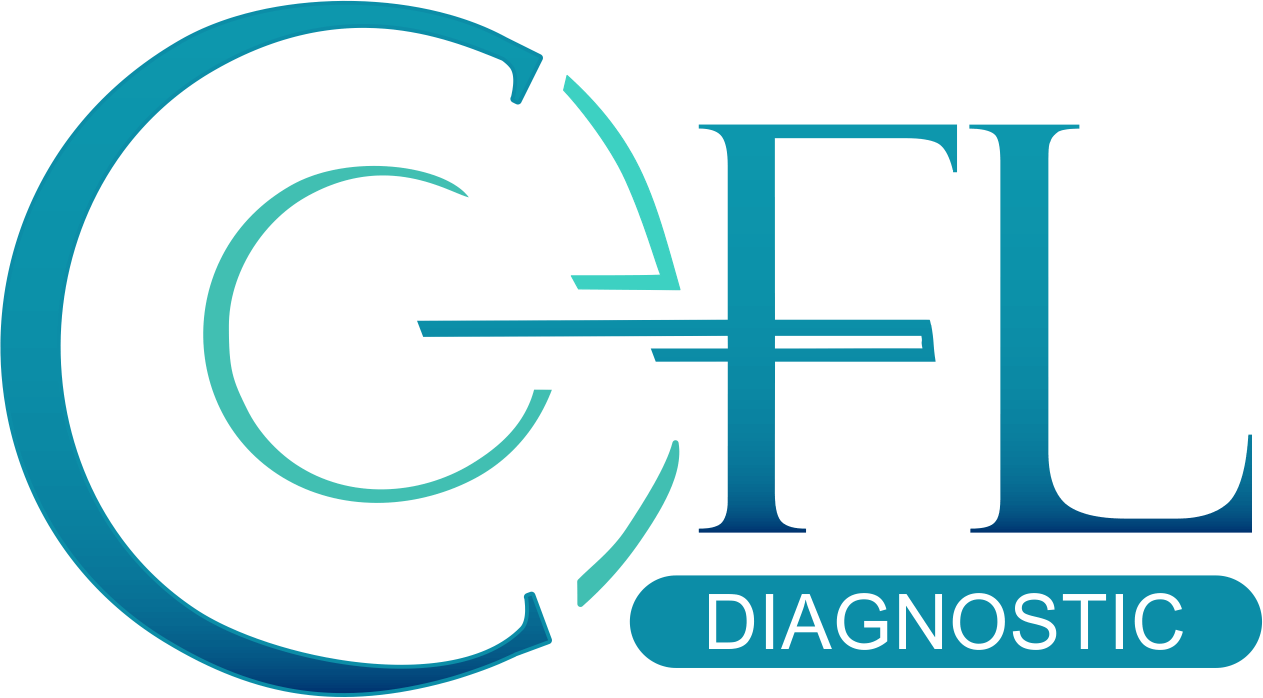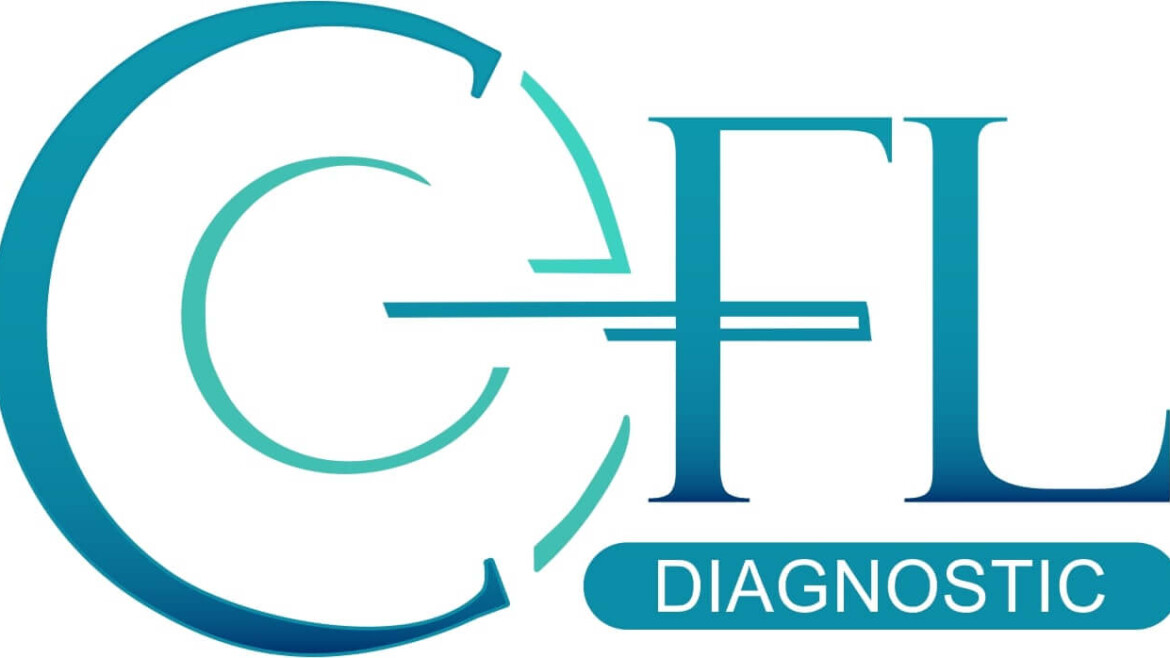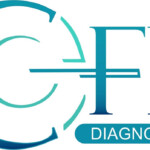Since the golden ages of radiology in the 1970s to the present day, advances have created a significant impact on the role of the radiologist. Today, the 21st century radiologist is central in the delivery of patient care, however the future for many radiologists is regarded as an uphill battle with several factors influencing the course of the journey.
A topic that seems to be on the tip of everyone’s tongue when it comes to modern medicine is the evolution of Artificial intelligence (AI) and deep learning. Seeing this rapidly developing industry, I do believe that it will have drastic effects on the role of the radiologist. Deep learning – a derivative of artificial intelligence; is simply the art of training software to perform the task of a human through various algorithms that allows it to formulate results based on patterns. The innovative minds of today have used this technology in various fields within and outside the bounds of medicine. An example of this method is seen in a recent study focused on breast cancer screening where deep learning software (DLS) was compared to radiologists of variable experience (1). This retrospective study showed that the software was capable of learning in approximately 7 minutes. It took trained radiologists between 22 and 28 minutes to complete the screening process whereas it took the DLS just under 4 seconds with essentially a similar accuracy. Furthermore, it is predicted that the gap between the lens accuracy of the human and digital eye is expected to expand monumentally over the coming years as machines become more powerful and efficient.
These findings and many more similar studies give credence to the question “Will AI replace the future radiologist?”
Understandably, the answer to this is a difficult one and as recently quoted in the European Journal of Radiologists in reference to AI “It is a double-edged sword, which, if wielded expertly, will propel radiology and radiologists well into the next century. On the converse, the margin for complacency is narrow, and perils abound if radiologists choose to adopt a ‘wait-and-see’ approach and instead allow pure market forces to transform the industry” (2).

In my opinion AI has come a long way and equally has a long way to go. Radiologists use technology every day and it’s the combination of image technology and clinical expertise that fashions the role. The value of creativity, critical thinking and judgement with a great human eye is an integral part of work. AI integration is understandable; however, it’s definitely not ready to completely take over the role of a radiologist. Highly intelligent technology is extremely useful but has its flaws. A recent example of this is the catastrophic fatalities of driverless car technology (3).
I do believe that the future radiologist will use AI to augment the role. The “Augmented Radiologist” is a common new label which describes a human and AI hybrid doctor that outperforms human or standalone AI technology. The use of AI has already set foot in the field of modern radiology with a recent example of this being the use of Computer Aided Detection (CAD) in assisting radiologists in screening for lung cancer on Computed Tomography (4). The future of this technology is a potential solution to many problems faced by radiologists today. Statistical analysis in the NHS shows that there are currently 48 radiologists to every one million of the population in the UK (5). A recent report on the health service journal predicts a 15% increase in imaging requests in the coming years (6). The value of AI lies in its speed and accuracy in interpreting tasks and with multifunctional modalities, given the right guidance and supervision it can work as an aid to help relieve radiologists from mundane tasks. This allows the workforce to prioritise tasks and improve work efficiency providing high quality care for a greater number of patients than previously possible.
The role of the radiologist is rapidly evolving and the growth of image guided medicine and interventional radiology has been revolutionary. In an era of an aging population and increasing co-morbidities, this speciality provides far less invasive surgical treatment for unfit patients. The demand for this service has risen exponentially over the last few years and it will continue to do so; providing a pivotal role in patient management. Interventional oncology is an example of a subspecialty that stems from this; focus here is aimed at providing lifesaving procedures for cancer patients (7). The future for advancements in such sectors is bright and rapid research is supplying upgrades to the clinician’s arsenal.
The gateway to a successful future lies in the attitude of today’s radiologist to embracing some inevitable changes. It is my belief that the value of a clinician will be directly related to their ability to adapt and as recently quoted “AI won’t replace radiologists, but radiologists who use AI will replace those who don’t”.




